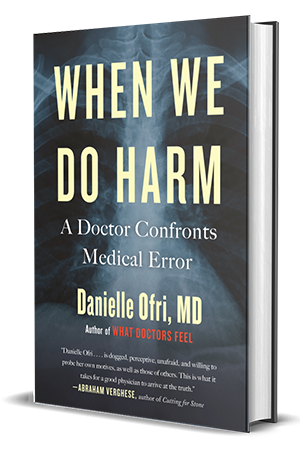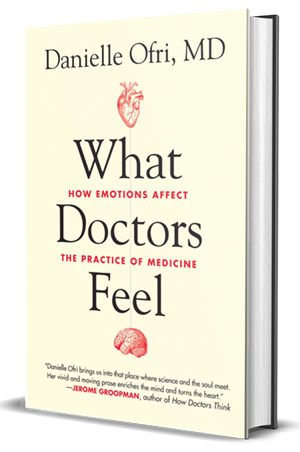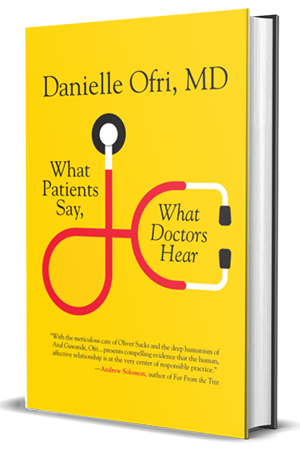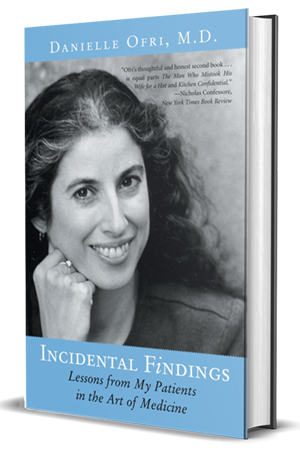public health
Florence Nightingale in the Age of Covid-19
May of 2020 marked the 200th anniversary of the birth of Florence Nightingale. That her bicentennial fell during a worldwide pandemic is both illuminating and ironic. Nightingale’s experience as a nurse during the Crimean War led her to three insights that came to define her professional life, insights as revolutionary as they were unpopular. More
Coronavirus: Why Doctors and Nurses Are Anxious and Angry
The story of the coronavirus is still being written. The stories of polio, Ebola, H.I.V. and measles—all, alas, still in progress— remind us that public health is an ongoing, never-let-’em-up-from-the-mat effort. Narrow vision, data ignorance, image-conscious decision-making and truncated memory are the very elements of contagion. No amount of Purell can sanitize that. More
Prescribing Democracy
“There cannot be any doubt,” Dr. Rudolf Virchow wrote in 1848, that the recent typhus epidemic was a result of “poverty and underdevelopment.” His prescription was “free and unlimited democracy.” Hmm–a prescription for democracy. Not something you get at your average doctor’s visit. But maybe that’s what we need. More
A Doctor’s Responsibility
“Excuse me, sir,” I imagine the scenario playing out, “do you mind if I barge in on your life to see if I can save your life?” At what point does concern morph into presumption? The line between kindly interventions and condescending ones can be perilously thin. More
Is Gun Violence like Chicken Pox?
Gun violence has been characterized as an epidemic. But can a disease model of contagion help predict future victims and potentially protect them? Is gun violence really like chicken pox? More
Chekhov and Public Health
At first glance, it might seem odd that a public health journal would initiate a section about arts and humanities. Public health, after all, deals with populations; it eschews the individual except as it forms one of a group. The creative arts, however, deal almost exclusively with individuals. Literature, in particular, always has a protagonist, and the protagonist is never ‘alcoholics with pancreatitis,’ ‘female prisoners receiving hepatitis B vaccination,’ ‘South Asians with cardiovascular risk factors,’ ‘UK asylum seekers with infectious disease,’ or ‘teenaged asthmatic smokers.’ A protagonist is an individual.
More








